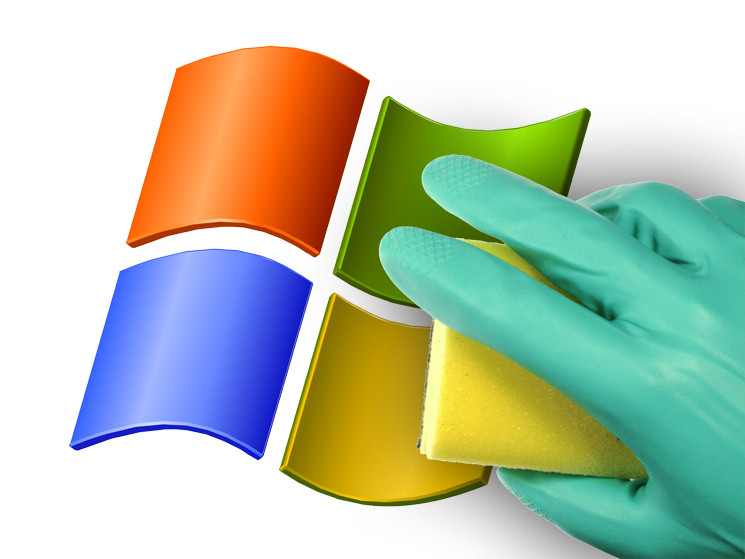

Windows 7: Start > Control Panel > System and Security > System > Device Manager.Make sure you only have one audio device running at a time in both Playback and Recording tabs. If you use Windows 10, you can access a similar page by clicking on Start > Settings > System > Sound. In both cases, your audio device should be enabled with a green checkmark on the “Playback” and “Recording” tabs. Windows 8/10: Start > Type “Control panel” and click it > Hardware and Sound > Sound.Windows 7: Start > Control Panel > Hardware and Sound > Sound.Verify the correct Audio Device is enabled Expand "Display" > "Turn off display after" > Change it to "Never".Expand "Sleep" > "Sleep after" > Change it to "Never".Expand "Hard Disk" > "Turn off hard disk after" > Change it to "Never".Expand "Processor Power Management" and make sure that both "Minimum processor state" and "Maximum processor state" are set to 100%.



Be sure to check the websites of your hardware manufacturers and check that you have the latest drivers installed. Your components likely have software that can check for and install updates automatically. Updating your drivers is a simple process. Make sure you have the latest audio and video drivers There are several settings you can change and tools you can install to help improve your computer's performance, which can help to achieve lower latency and better plugin performance.


 0 kommentar(er)
0 kommentar(er)
